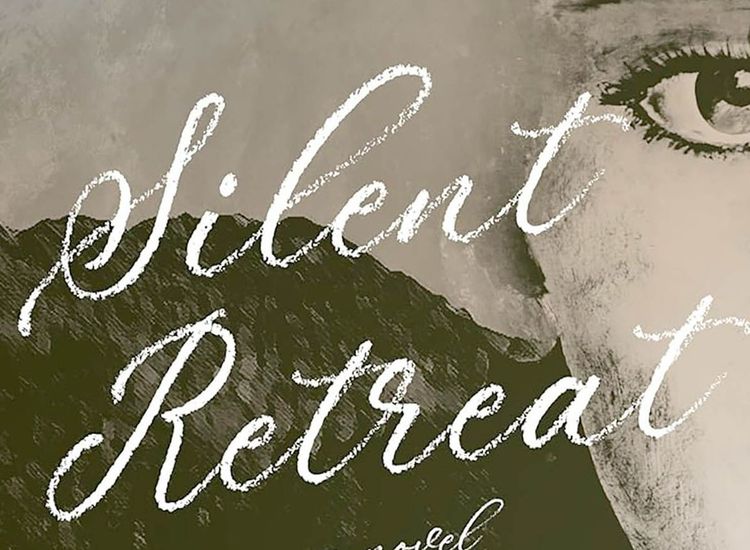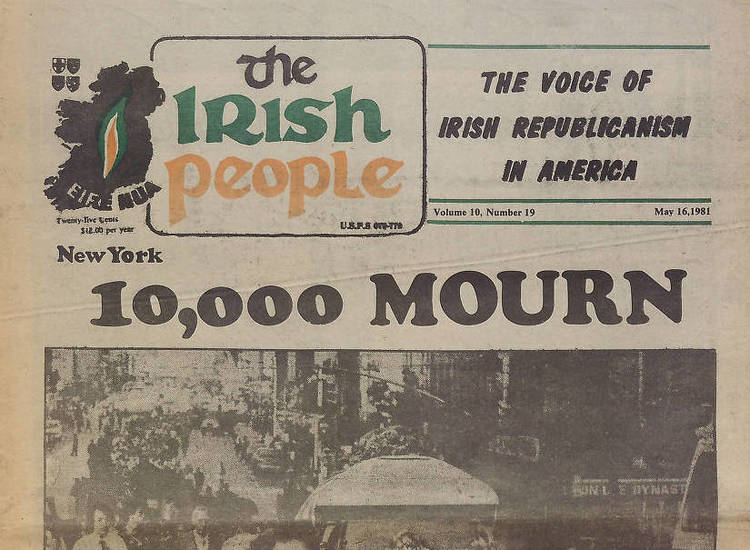Hibernia: an outdated concept?
By Colleen Taylor
This week, I experienced one of the most humbling surprises in the course of my time reviewing Irish music and writing this column. The transformation of opinion between looking at the album cover to popping my headphones in was a dramatic reversal, and I have to tip my hat—or rather, my metaphorical bow—to Máiréad Nesbitt. The violinist’s first, entirely original, solo concept album “Hibernia” is not at all what I expected, much to my delight.
I admit, when the album arrived in the post, I rolled my eyes at the cover. Nesbitt stands center in a white Grecian gown, holding her violin and looking wistfully into the distance, with bold letters spelling “Hibernia” underlining the portrait. The album’s initial impression sends that message and symbol anyone versed in Irish feminist theory loathes to hear: “Woman Ireland.” The concept of the portrait and album title equates Máiréad with the image or symbol of Ireland, a patriarchal objectification of women’s agency within Irish culture that writers like Eavan Boland, Anne Enright and numerous scholars like Margaret Kelleher and Claire Connolly have been working to rectify. When I looked at “Hibernia,” that’s what I saw—the damaging “Woman Ireland” idea. I saw “Hibernia” the allegorical woman that weds “John Bull,” a symbolical concept promulgated by British and pro-Union politicians and political cartoonists in the 19th century.
But I, like so many others, jumped to conclusions. I let the album’s cover art speak for the music, and not the other way around. The more I listened, the more I read about the making of the album, I realized I had jumped to erroneous conclusions. Nesbitt’s album both proved me wrong and proved itself a great accomplishment for female solo musicians in both classical and Celtic music genres.
Nesbitt is known globally for her work with Celtic Woman, as their signature, twirling fiddler. However, during the 11 years she spent on stage with the supergroup, Nesbitt also had something else in the works—her own, original compositions. All the while performing hits of other composers and singers for crowd, Nesbitt balanced her own personal compositional creativity, the result of which is “Hibernia.”
What I appreciate most about “Hibernia,” more so than the original tunes themselves, is its form. Organized into “suites” that meld the classical with the traditional Irish, Nesbitt returns to the musical culture of the bards of centuries past, as well as more recent Irish music visionaries, like Seán Ó Riada. There is something elevated, classic, perhaps even bourgeois, in the presentation of this musical product. It recalls a classical musical tradition both in Europe and in the upper echelons of Gaelic culture as far back as the 16th and 17th centuries, even earlier.
This classical, Gaelic format, needless to say, was yet another surprise, from a musician I had classified as entirely commercial. Nesbitt’s career up until this moment has focused on the global, commercialized stage: she performed with Riverdance, Lord of the Dance, Feet of Flames, and then Celtic Woman. But now, with this original album, Nesbitt is looking inward, back into the depths of her own musical heritage, rather than outward to a globalized, modernized version of Irish culture. This does not mean, however, that the album’s effect is “scaled back,” or muted in impact. On the contrary, Nesbitt has retained that penchant for drama she showed us onstage with Celtic Woman. Some of my favorite suites on the album, like the finale, “The Dawn,” or tunes like “Merrily Kiss the Quaker,” exude that element of the dramatic and performative.
By the time I got to the end of my run through of Nesbitt’s “Hibernia,” I couldn’t help but be reminded of one of my favorite 19th century Irish writers and cultural icons, Sydney Owenson. Another woman who loved drama, performance, and the feminine image of Ireland, Owenson in some cases overdramatized and overacted her cultural tropes in order to celebrate and assert them against an imperial cultural domination. That effect of Owenson’s reminded me, in a small way, of what “Hibernia” achieves. Yes, the album cover may be showy and insensitive to feminist cultural efforts in Ireland (an argument which many could raise against Owenson as well) but, at the same time, it uses that image to promote a musical legacy with integrity and energized re-vision. Perhaps then, the perfect title for Nesbitt’s next album might be another cliché one after all, and one she could even borrow from novelist Sydney Owenson herself: “The Wild Irish Girl.”
Colleen Taylor writes the Music Notes column each week in the Irish Echo.










